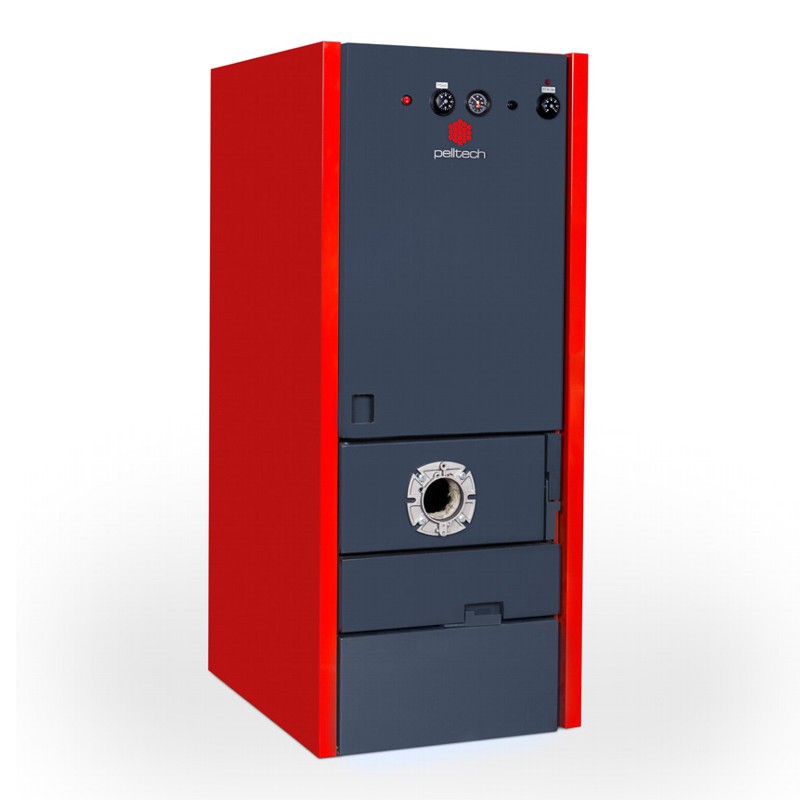Pelltech pellet burner is produced in Estonia
Fully automatic pellet burner PV 20b, Pelltech 12-20 kW. Pellet burner with automatic cleaning. Unique electric ignition, automatic power selection, control panel with menus in Estonian.
The PV 20b pellet burner is a further development of the PV 20a series burner model, equipped with an automatic combustion chamber cleaning system. By connecting the burner to a compressor, it blows the ash generated in the combustion chamber into the boiler, and the weekly burner cleaning requirement is extended up to one month!
The PV 20b pellet burner can be installed on pellet, oil, biomass or universal boilers with a 90 mm flange.
The unique electric ignition and automatic power selection make the pellet burner easy to use all year round. No pilot flame is used in the combustion process.
The burner is protected against back-burning by a safety thermostat, a hose made of fusible material, a temperature sensor and a support battery.
Components of pellet burner PV 20 b
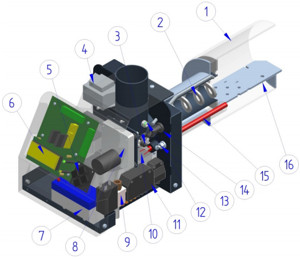
1. Combustion chamber – the place where pellets are burnt. The combustion chamber tube is made of heat-resistant 253MA steel.
2. Siseteo spiral – transports the pellets into the combustion chamber. The amount of pellets that can be dispensed at one time depends on the burner capacity. The spiral is moved considerably at the end of the engine in order to prolong the life of the engine. Do not over tighten the coil attachment pin.
3. Safety thermostat – turns off the burner mains supply and external supply if the internal supply temperature rises above the permissible temperature. This is a safety precaution against backfiring.
4. Power transformer – 230/12V transformer for powering the processor and the internal heater motor.
5. User interface buttons – allow you to navigate the burner menu and set burner parameters.
6. User interface screen – 2-line screen for navigating through menus and setting parameters.
7. Battery – Allows to discharge the internal combustion heater and burn the fuel in the combustion chamber to the end if the mains power is lost. This is a safety precaution against back-burning and lasts approximately 30 minutes.
8. Inseteo motor – moves the inseteo coil to deliver pellets to the combustion chamber. The spiral attachment to the motor is made with a noticeable slack. This helps to prolong the life of the motor.
9. Pneumo valve – controls the flow of compressed air in a self-cleaning cycle.
10. Fan – blows combustion air into the combustion chamber according to the burner’s current capacity.
11. Connectors – for connecting the mains supply, the boiler thermostat and the external supply.
12. “Fuel level sensor” means an optical sensor consisting of a transmitter and a receiver, the signal from which triggers an external device.
13. Fixing nut – M6 nut that fixes the burner body to the combustion chamber.
14. Flame detector – Optical sensor for detecting the flame in a combustion chamber.
15. Spark plug – an electric heater that heats the air to ignite the pellets.
16. Combustion grate – a heat-resistant 4 mm 253MA metal combustion chamber base with air vents on which the pellets burn.
The pellet burner PV 20 b is delivered in the following configuration:
1. Combustion grate
2. Pellet burner
3. Hose clamps (2 pcs)
4. Fixing flange
5. Ceramic gasket
6. 7-pole boiler plug
7. Hose
8. External fixing chain
Working principle of the PV 20 b pellet burner
The PV20b pellet burners are installed on the boiler for the combustion of wood pellets e.g. pellets. The pellets are transported from the pellet hopper to the burner by an external conveyor. The burner control panel contains a microprocessor that tests the main safety components, regulates and monitors the combustion process, starting and stopping it according to the boiler temperature.
An electric air heater or igniter ignites the pellets. The burner starts burning the fuel when the boiler has cooled down and the boiler thermostat switches on.
The burner starts burning the fuel when the boiler has cooled down and the boiler thermostat switches on. The firing continues until the boiler has reached the pre-set (shut-off) temperature. The burner then stops the heating process and goes into stand-by mode.
The burner control system ensures that the burner is safely shut down in the event of a power failure. After a power failure, the burner safely terminates the combustion process and switches off. The burner will shut down in the event of any hazard.


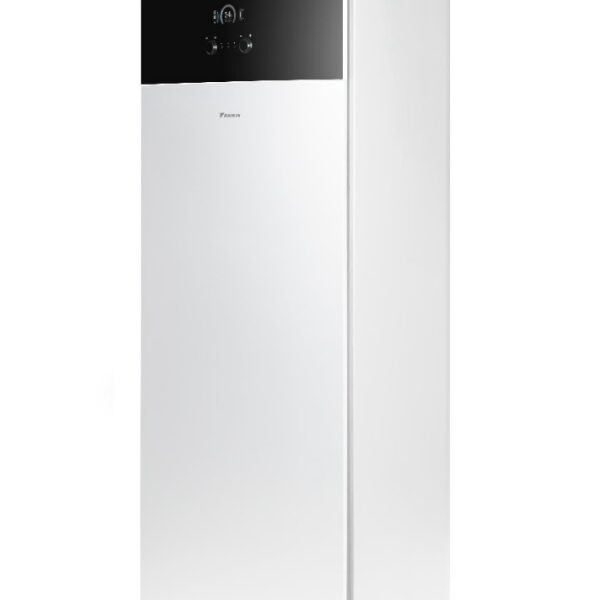
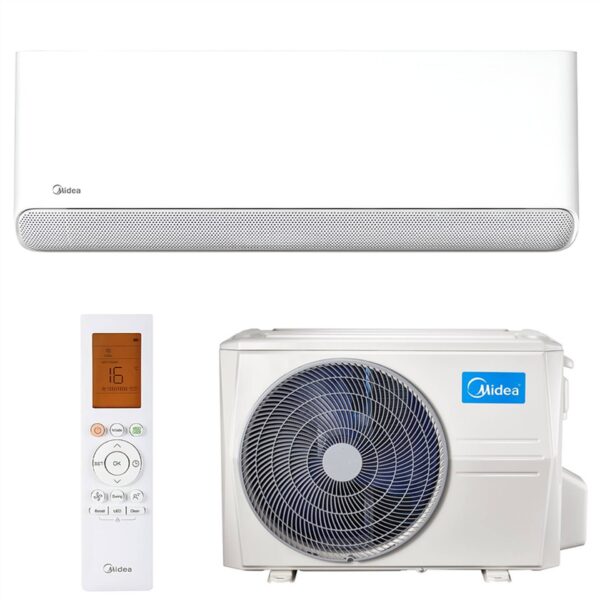
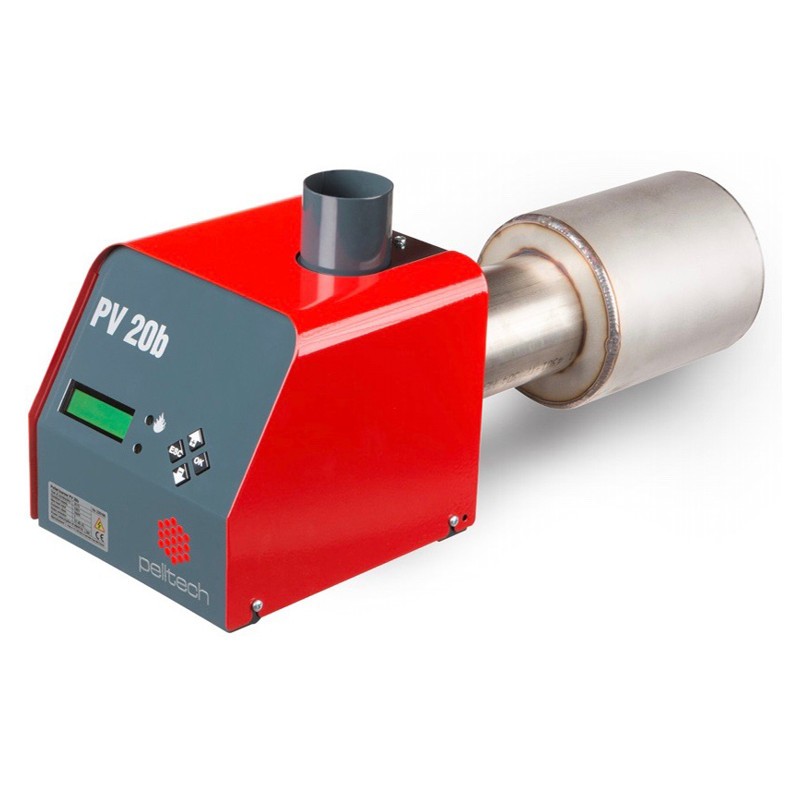
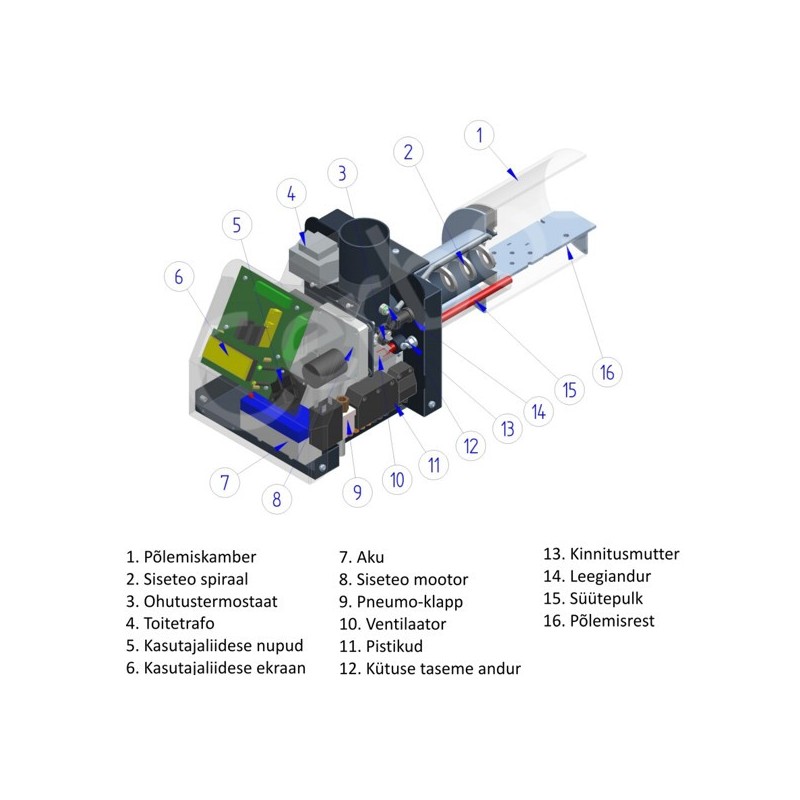
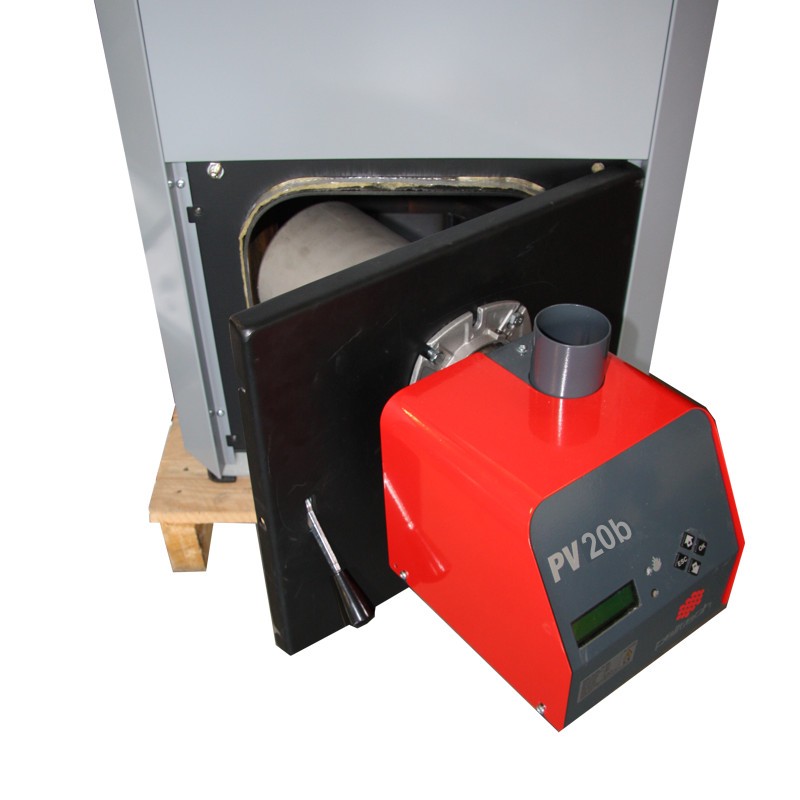
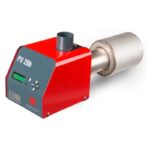

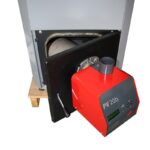
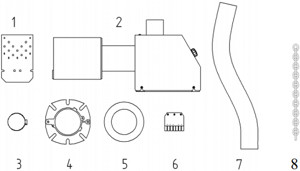
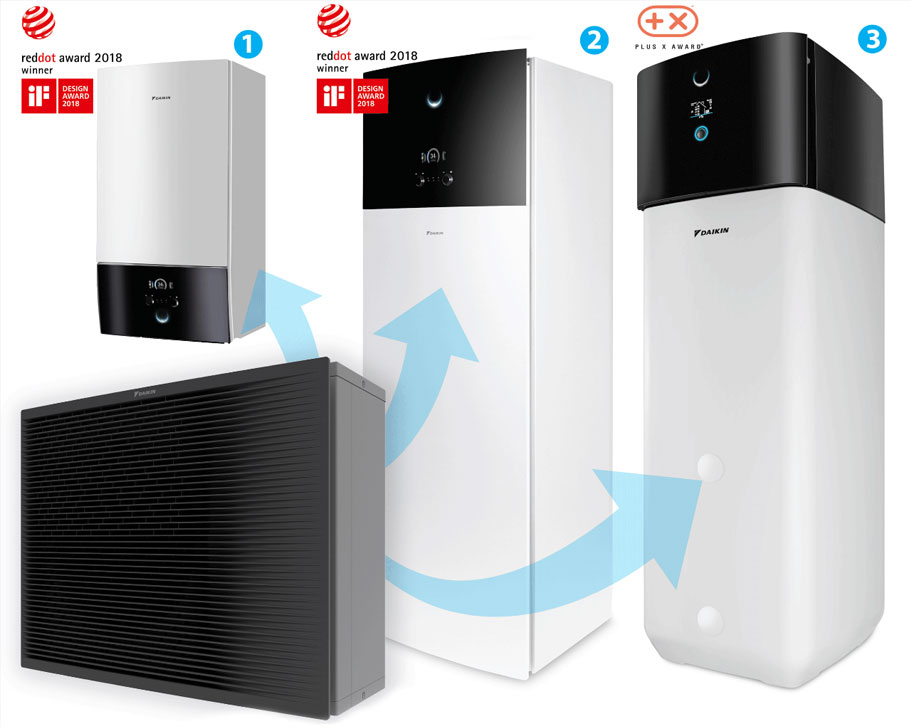
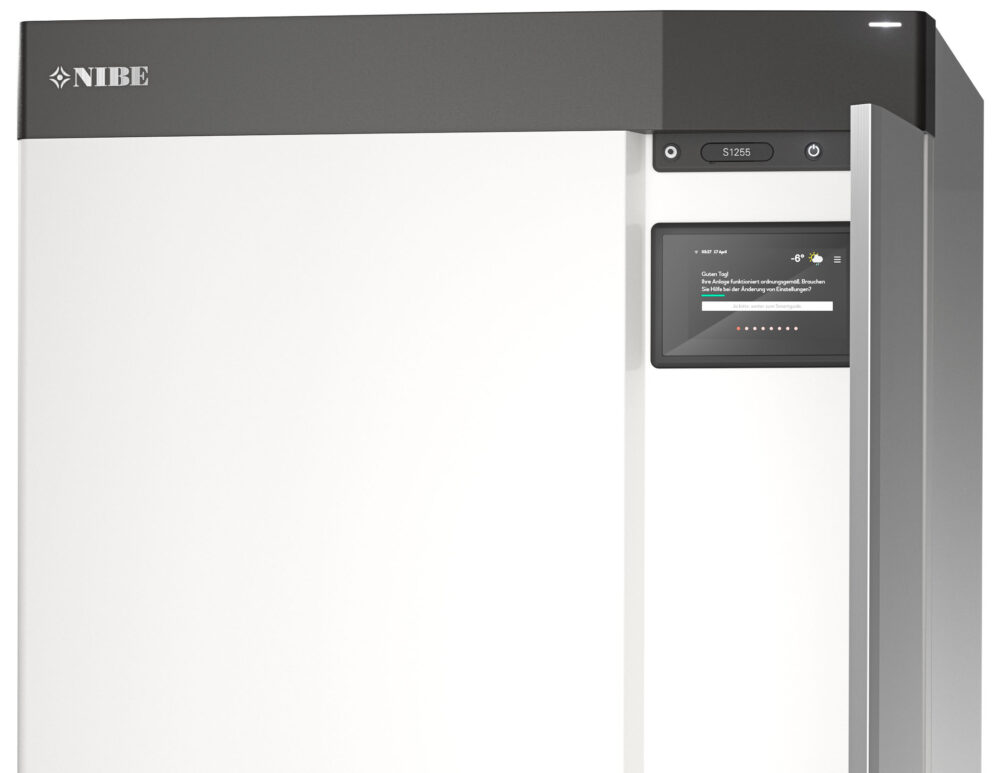
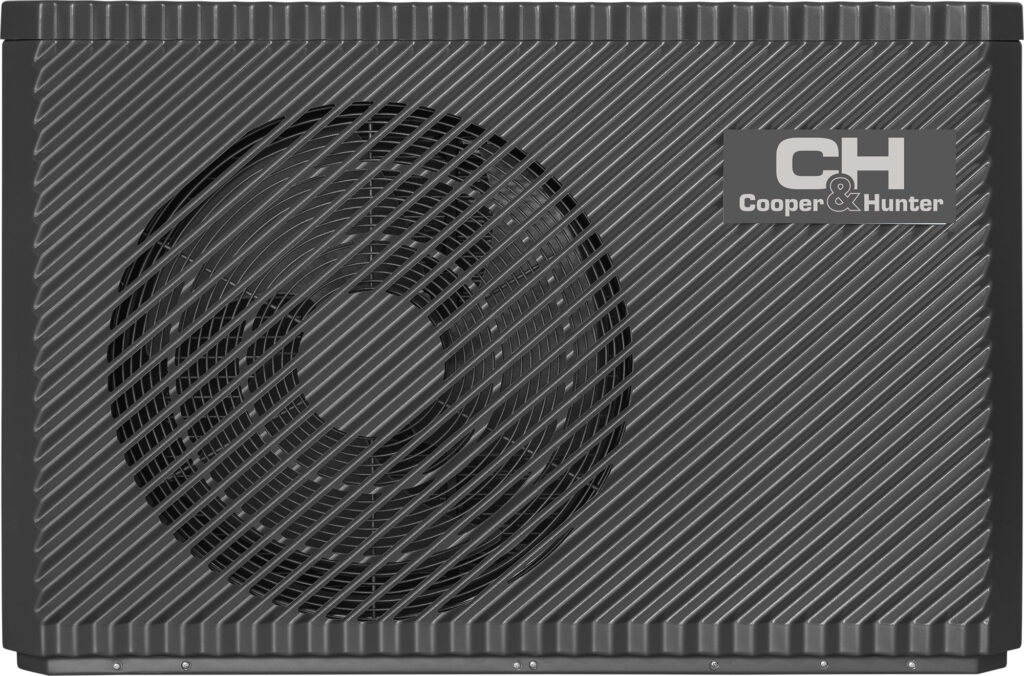
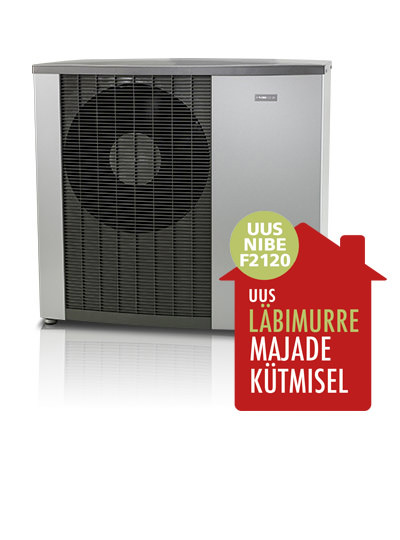
![[EZB-09RD6-I-EZ-09RD6H-O] Midea Solstice EZ R32 Kit cell-humidistat-heat pump-heating unit](https://calidum.ee/wp-content/uploads/2024/05/EZB-09RD6-I-EZ-09RD6H-O-Midea-Solstice-EZ-R32-Komplekt-rakve-virumaa-kliima-soojuspump-kute-1024x1024.jpg)
